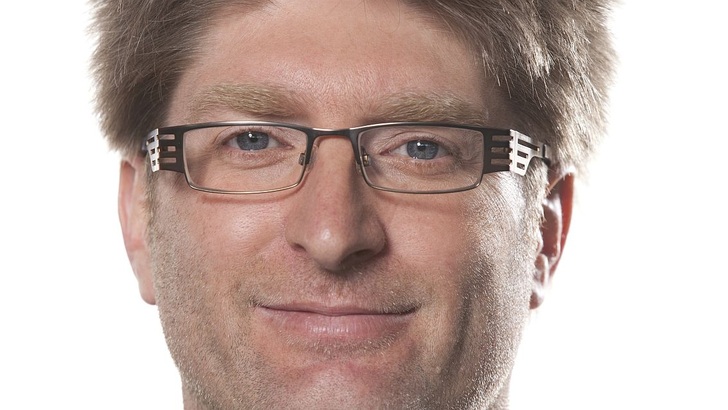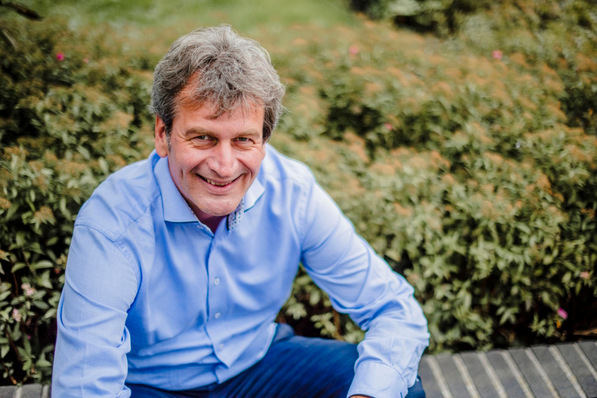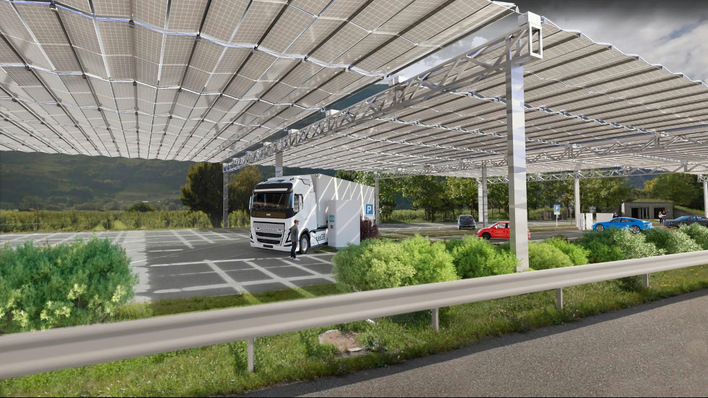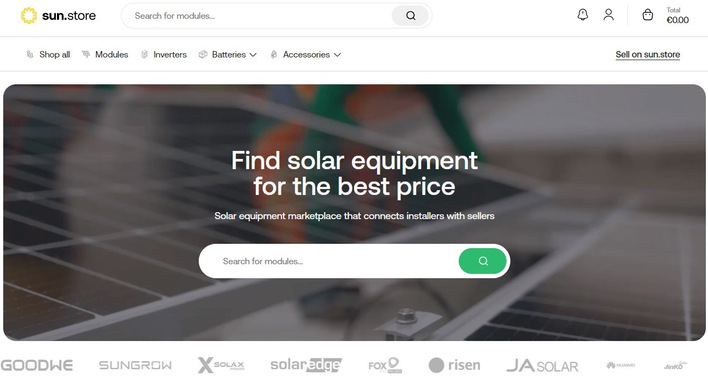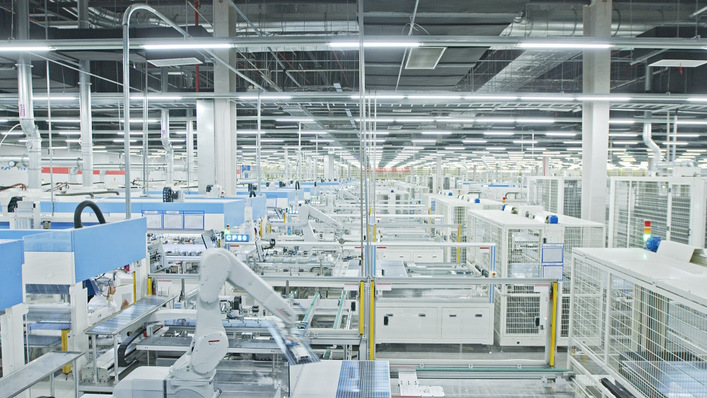How has the past year been for Krannich as a specialist solar distributor?
Kurt Krannich: It was our best year since 2011. For two months following the Intersolar in July, business was fairly muted, but then it turned into an actual race to catch up. Clearly, many factors had to coincide for the PV market to pick up again – and not just in a single country.
Which markets were going strong? And which ones less so?
The UK saw a markedly decreased demand in 2016. All other markets have grown significantly. Which is why we were able to continue to increase our sales volumes. However, because of the decline in prices, revenue has not gone up at the same rate.
Has this momentum continued in 2017?
So far incoming orders were very good. I think that we will again this year see growth in our business. For Germany I expect that we will see added capacity between 1.8 and 2.4 gigawatts, which would be 30 to 40 percent more than the year before. The market will increase noticeably, most of all in the commercial segment and thanks to the 750-kilowatt regulation.
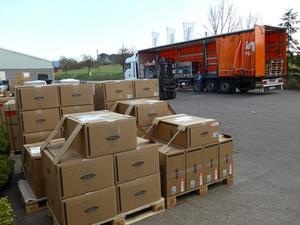
The situation of retailers is not so simple, especially when delivering abroad. How do you distribute your systems?
We used to enter new markets by establishing fully functioning branch offices there. That can become expensive very quickly. Today we have a variety of concepts to facilitate international positioning. We might establish a branch office that takes on all the functions of a retailer: warehousing, distribution and accounting. Or we go for a smaller variation without a local warehouse, which means the goods are delivered directly from in Württemberg. Our company headquarters in Weil der Stadt near Stuttgart is very well situated for distributing within Europe. We can do over-night deliveries to Italy, France or Poland.
Do you also deliver to the US?
Yes, to the US and also to Australia. We have a branch office on the east coast, the west coast as well as in Sidney, Melbourne and Perth. Furthermore, we also have presences in Mexico and Japan. The Krannich Group has branch offices in a total of 15 countries. Globally, we are active – with permanent structures for distribution – in 45 countries.
How many people does the Krannich Group currently employ?
About 300 globally.
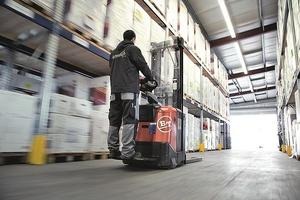
What developments dominate the retail side of your business?
We are noticing that customers tend to store less merchandise then formerly. They trust the retailer to deliver the goods to the building site on time and in the required quantities. It takes about two weeks ahead of the start of installation for orders to be delivered. Online sales are also on the up and up.
How does that work?
In 2012, we already started our first web shop to market our products and systems via the Internet. These days we have stopped sending out price lists, but rather continually update our offerings on the ERP platform. The customers can keep an eye on our entire product range and as part of a personal account we can also display individual prices and discounts as well as precise availabilities. This platform shows our stocks in real time.
It shows products and prices. What else?
Our entire supply logistics and all essential documents can be viewed: certificates, data sheets, terms of the warranty and assembly instructions. As soon as a customer places an order, it is immediately confirmed electronically.
Customers can also find pre-configured product packages on our ERP platform, in which we have already put together the wiring for the storage unit, the inverter and the necessary fixtures. In addition, we also offer a separate configuration tool so that the installing companies can easily find and order the storage unit that matches the needs of their customers.
The technology continues to diversify, the range of available products is becoming almost unfathomable. Does that give the edge to retailers that is able to bring some coherence to all this variety?
Without a doubt. These days we offer systems that are designed to be compatible and are marketed primarily under economic considerations. Let us take electric mobility, for example: It requires greater charging and discharging outputs, and the inverters and batteries need to be able to cope with that. To make things easier for installing companies, we put together a special battery matrix that clearly shows what battery matches what inverter in a specific combination for charging an EV. We also have a similar matrix for mounting systems.
Also for solar panels?
We also provide aids for dimensioning to installing companies. Our distribution partner Luxor Solar offers panels with 48, 60 and 72 cells. So all the technician needs to estimate what type of panels will best cover a given available roof area is a simple ruler.
You supply poly, mono and glass-glass solar panels. Which segment looks most promising?
Glass-glass will expand. But the polycrystalline panels will also come back. Poly panels are currently catching up to the monocrystalline standard panels in terms of efficiency: They will soon reach 280 to 290 watts, where mono panels are today. So today’s default option, monocrystalline panels, will become redundant. High-performance monocrystalline panels will increase the efficiency, starting at 310 watts. I do not see one technology disappearing completely, but the panel sector will continue to segment. We as a retailer also have to take transport costs into account. It used to be possible to fit 500 panels in a shipping container. Today, that has gone up to 840. So we can move much more solar capacity per shipment.
What percentage of your overall business is energy storage?
In Germany, storage already is ten percent for us. In terms of international sales, we are just getting started. Next to Germany, our key markets are Italy and Australia.
What innovations did you present at the Intersolar in Munich?
One issue were high-performance solar panels: poly with up to 290 watts, mono with up to 360 watts and 72-celled panels with up to 350 watts for the project sector. In general, we presented more products for the project sector this year, which we are starting up again. We have our own enterprise which assists our customers in planning larger projects, i.e. installations between 200 kilowatts and five or six megawatts. There we presented a wide range of inverters and the S-Rock flat roof system by K2 Systems with an inclination of 15 degrees for commercial roofs. We also showed easily scalable energy storage systems for commercial applications.
What batteries you use for that?
We are cooperating with, for example, Axitec Energy: A commercial storage unit of 100 kilowatt hours can be assembled from 12 Axitec boxes. The next-larger version also contains 12 boxes and so on. This way, very large batteries can be assembled step by step in six- or nine-kilowatt hour increments.
Will smaller batteries die out?
We already sell ten kilowatt hours as the default option. As prices plummet, customers keep asking for larger storage units. At the Intersolar we presented a new high-voltage battery that can be scaled up to ten kilowatt hours. We also presented a new inverter that makes it possible to also realise a UPS.
The interview was conducted by Heiko Schwarzburger.
Read more about energy storage
Stay informed, get our newsletter twice a week. Register here: http://www.pveurope.eu/Newsletter
Related news:
http://www.pveurope.eu/Products/Solar-Generator/Solar-modules

